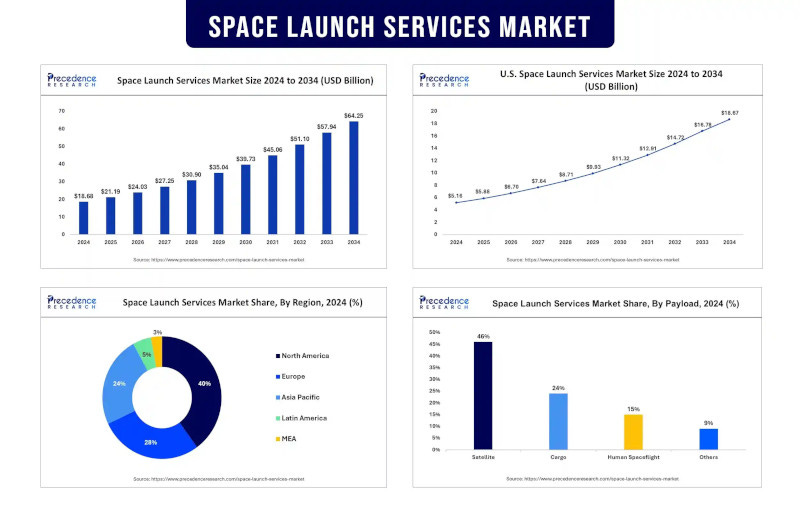Space Launch Services Market Revenue May Reach $57.94 Billion by 2033
Multiple Factors Fueling Rapid Growth, Report Says
The space launch services market revenue reached $21.19 billion in 2025 and is predicted to attain around $57.94 billion by 2033 with a CAGR of 13.15%, according to a new report from Precedence Research. The market is witnessing rapid growth due to increasing demand for satellite deployment, expansion of commercial space enterprises, and heightened inve…
Keep reading with a 7-day free trial
Subscribe to The Journal of Space Commerce to keep reading this post and get 7 days of free access to the full post archives.



